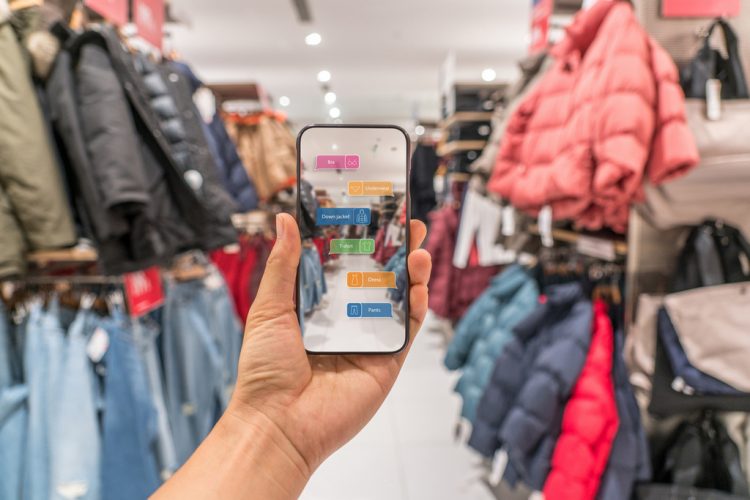Technology and sustainability drive the fashion sector

After a year of profound changes, retailers in the fashion retail sector need to bet on differentiation and adapt their stores to the new expectations of their customers in areas such as technology, sustainable fashion and omnichannel.
As we saw in the previous post on the rebirth of physical stores, these are increasingly becoming showrooms that customers visit to see, to try and to collect orders made online or, even, to order online while in the store and receive it at home if they do not want to carry their purchases home.
Digital technology is no longer just an additional sales channel but it becomes something that conditions the shopping experience and interactions between the brand and the consumer.
Physical stores are still very important despite the unprecedented increase in online fashion purchases but they have to adapt to the new needs of consumers and offer them new shopping experiences.
In this context, there are some tools that can help offer new shopping experiences in physical stores:
- Size recommendation tools
Implementing a size recommendation tool that guides consumers not only improves the shopping experience but also reduces returns and improves conversion. Despite being a type of native online tool, more and more physical stores are implementing it thanks to touch screens that reduce the need for human-to-human contact in the store and avoid having to use the fitting room if the consumer does not feel comfortable with it. - Virtual fitting rooms
More and more retailers are opting for virtual fitting rooms that leverage XR and AI technologies. Several globally recognized brands such as Zara, Nike or Massimo Dutti were among the first to implement this tool in their strategy to bring something very characteristic of the physical experience to digital and, in the case of Zara, at an omnichannel level with a version in form of virtual mirrors in their stores.
Another big change that the fashion sector has undergone is to adapt to the growing concern of consumers for sustainability. Consumers value the efforts retailers make and feel connected to those who offer more sustainable options.
Sustainable fashion
Being sustainable goes beyond using recycled or naturally-derived fibers. There is a very important part focussed on reducing the impact on the environment that we cannot forget, and this is where technology comes into play.
It is becoming increasingly important to have a tool that allows analyzing inventory data from all distribution channels to reduce surpluses and optimize garment production so that it is more sustainable.
Fashion is one of the most polluting industries and 70% of greenhouse gas emissions are directly related to production. By optimizing the process and knowing what consumers want to buy and where and when they want we do so, we can significantly reduce this footprint and save costs.
Understanding the data and changes in consumer behavior towards an improvement in the customer experience by integrating sustainability into the strategy will be the keys to the transformation of the fashion sector.
👉🏼 Discover how Openbravo’s omnichannel order management system provides a single, global view of all available inventory and enables fashion retailers to intelligently manage, sell and fulfill merchandise across all points in store and digital channels.



